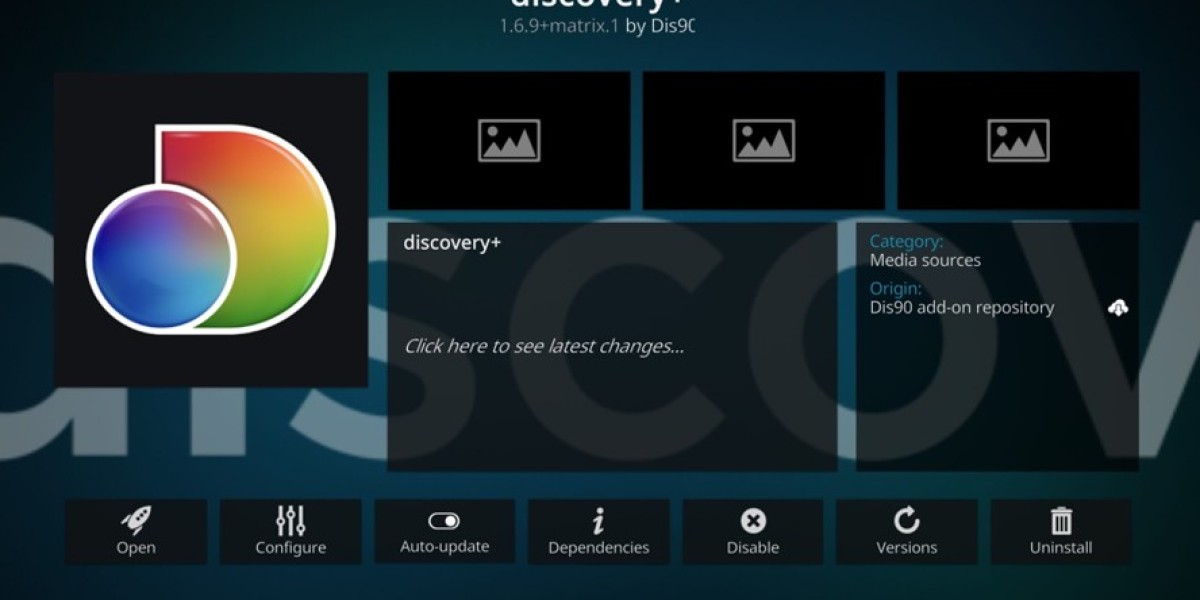Introduction
Every business, no matter how small or large, has a lifecycle. It starts with an idea, grows through hard work, and then expands with smart decisions. At almost every stage of this journey, financing plays a critical role. Whether you're a new entrepreneur looking for the initial funds to open your doors or an established business owner ready to expand, choosing the right loan is one of the most important strategic decisions you will make. This guide is designed to help you understand the various loan options available to entrepreneurs in Ontario, providing you with the knowledge to make an informed choice that will secure your business’s future.
Exploring Your Loan Options in Ontario
The lending landscape for small businesses in Ontario is diverse, offering more than just a single type of loan. By understanding the different options, you can choose the one that best fits your business’s needs.
Traditional Term Loans:
A traditional term loan is probably what you think of when you hear the word "loan." It’s a lump sum of money you receive from a lender, which you then pay back over a set period of time, or "term," with a fixed interest rate. This type of loan is best used for major purchases that have a clear, long-term purpose. For example, if you need to buy a large piece of equipment, purchase a vehicle for your business, or acquire a property, a term loan provides the capital you need upfront. The main benefit is the predictability of the payments, which makes it easy to budget for the future.
Business Lines of Credit:
Unlike a term loan, a business line of credit is a flexible, revolving credit limit. This means you can borrow money as you need it, up to a certain amount, and you only pay interest on the money you actually use. The main purpose of a line of credit is to manage cash flow. If your business has slow seasons, unexpected expenses, or needs to cover payroll between invoices, a line of credit is a great tool. It provides a safety net that you can tap into whenever necessary, giving you the flexibility to handle the day-to-day fluctuations of running a business.
Government-Backed Loans:
The government of Canada has programs designed to help small businesses thrive. One of the most well-known is the Canada Small Business Financing Program (CSBFP). This program works with traditional financial institutions to make it easier for small businesses to get loans. The government essentially shares the risk with the lender, which encourages them to approve loans that they might otherwise consider too risky. This can be a great option for businesses that need to purchase equipment, renovate their space, or even buy a property, as it can provide more favorable terms and lower interest rates.
Alternative and Private Lending:
When traditional banks are not an option, you still have choices. Alternative lenders, such as credit unions and trust companies, are often more flexible than the major banks. They may be more willing to look at a wider range of factors beyond just a credit score. In situations where even alternative lenders are not an option, there are private lenders. These individuals or companies offer capital with maximum flexibility, though their interest rates are typically much higher. These loans are often used as a last resort or as a temporary solution until the business can qualify for a more traditional loan.
Preparing for the Application Process
Getting a small business loan is not a quick process, but being prepared can make it much smoother. The better organized you are, the more confident you will be, and the more seriously a lender will take your application.
Documentation is Key:
To be approved for a loan, you need to prove that your business is a good investment. This means having all your essential documents in order. You'll need a solid business plan that clearly outlines your goals and how you plan to achieve them. You will also need financial statements, such as balance sheets, income statements, and cash flow projections. Lenders will also ask for your business tax returns and, in many cases, your personal tax returns as well. Having all this paperwork organized and up to date is the first step toward a successful application.
Understanding Your Credit:
Lenders will look at two types of credit when evaluating your application: your business's credit history and your personal credit history. Your personal credit score is often a key factor, especially for a new business, as it shows your history of repaying debt. You should get copies of your credit reports from both Equifax and TransUnion and check them for accuracy before you apply. This ensures there are no surprises that could delay or derail your application.
Collateral and Guarantors:
Lenders need a way to protect their investment. This is where collateral and personal guarantees come in. Collateral is an asset, such as a building, equipment, or even accounts receivable, that a lender can seize if you default on the loan. A personal guarantee is a promise by you, the business owner, to repay the loan personally if the business cannot. This is a very common requirement for small business loans, especially for startups, as it shows the lender you have a strong belief in your business and are willing to take personal responsibility for its success. When looking for Small Business Loans Ontario has to offer, you should be prepared for this type of requirement. A key way to fund a business is through a second mortgage. You can use a Private Mortgages Ontario company for a second mortgage that allows you to borrow against your home to get the funding you need for your business.
What Lenders Look For: The Five Cs of Credit
Lenders have a set of criteria they use to evaluate every loan application. By understanding these "Five Cs of Credit," you can better prepare yourself for a successful application.
Character: This is about you, the business owner. Lenders want to know about your reputation, your experience in the industry, and your history of running a business. They want to see that you are trustworthy and have the necessary skills to make the business a success.
Capacity: This refers to your business's ability to repay the loan. Lenders will look at your cash flow and financial projections to determine if you can comfortably make the loan payments. They will also look at your existing debt load to make sure you aren't overextended.
Capital: This is the owner's personal investment in the business. Lenders want to see that you have a stake in the business's success. Your personal investment shows them that you are committed and willing to share the risk.
Collateral: As mentioned earlier, this is the asset you offer to secure the loan. The collateral provides the lender with a way to recover their money if the business fails to repay the loan.
Conditions: This is the purpose of the loan and the economic environment in which your business operates. Lenders want to know what you plan to do with the money and how a downturn in the economy might affect your business's ability to repay the loan.
Conclusion
Securing funding is a key milestone for any entrepreneur. It’s an opportunity to grow, expand, and turn your vision into a reality. By understanding the different types of loans available, preparing your documentation, and learning what lenders look for, you can approach the process with confidence. The right loan is one that fits your business’s specific needs and financial capacity. By making a smart, informed financial decision, you are not just securing a loan—you are securing the future of your business.








